Light is critical for almost all plants. You may not need to worry too much about your outdoor plants, but your indoor plants may need more extra care to be able to photosynthesize better.
Indoor grow lights are perhaps your best assistant to help you provide the most suitable light conditions for your indoor plants in any season of the year in an indoor space that lacks natural light.
How do you know if your plants need more lights?
When caring for indoor plants, it is often easy to ignore the importance of light conditions, which may result in plants that are in unsatisfactory condition. Here we summarised some methods to help you to judge whether your plants need more light:
- Leggy or spindly stems.
- New growth is hard or difficult to survive
- The lower leaves are prone to die
- Less flowering, or no flowering at all
- New growth lacks beautiful colour or variegation (but for some shade-loving plants, this may indicate that they are getting too much water)
If your plants exhibit any of these characteristics, it may indicate that your plants need more light. indoor grow lights are designed to supplement the light your houseplants lack, allowing your plants to photosynthesize and thrive.
Full-spectrum grow lights or red & blue grow lights?
Grow lights can be simply classified into full-spectrum lights or red and blue grow lights. Basically, full-spectrum grow lights are similar to the sun, the light it emits spans the entire electromagnetic spectrum. In contrast, red & blue grow lights provide the specific tones of red and blue light that are considered most useful for plant growth.
Red light and blue light have different roles to play, so it is best to use them in combination to provide more appropriate and effective light. In professional terms, the term ‘red’ or ‘blue’ does not simply refer to the colour of the bulb, but the wavelength of visible light. For plants, red light tends to affect the number and shape of leaves, whereas blue light affects the plant’s response to the daily cycle of light, for example when the plant should flower.
It is therefore also worth noting that different types of plants may require different ratios of red and blue light. You may need to collect more information or conduct more experiments to determine which ratio is most appropriate for your plants. Or you can save your time by choosing our full spectrum to grow lights, which most closely resemble natural sunlight, especially for those plants that require relatively more lights:
• Carnivorous plants
• Starter plants or seedlings
• Succulents
• Culinary herbs
Moreover, if you cannot bear purple-pink tones of red or blue light, daylight-coloured bulbs with a high correlated-colour temperature (CCT) rating may be a better choice. But if you are serious about your plants, full spectrum grow lights are the way to go as they provide the closest light to natural sunlight.
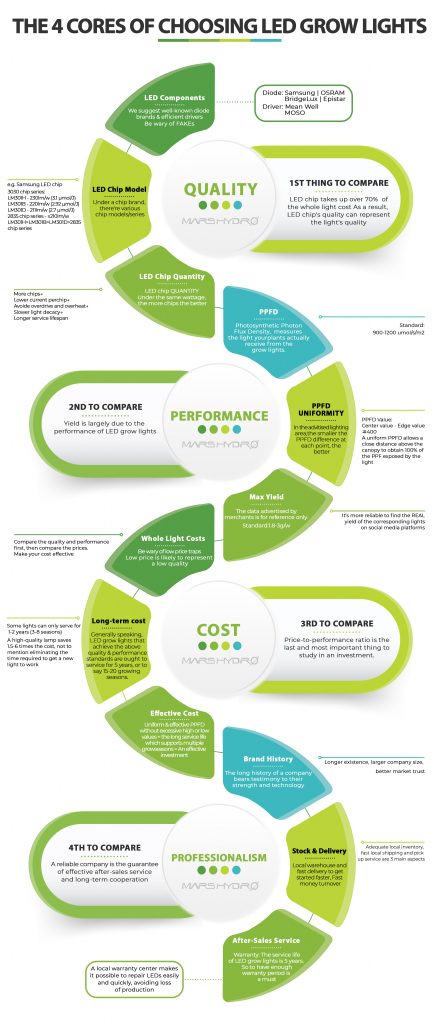


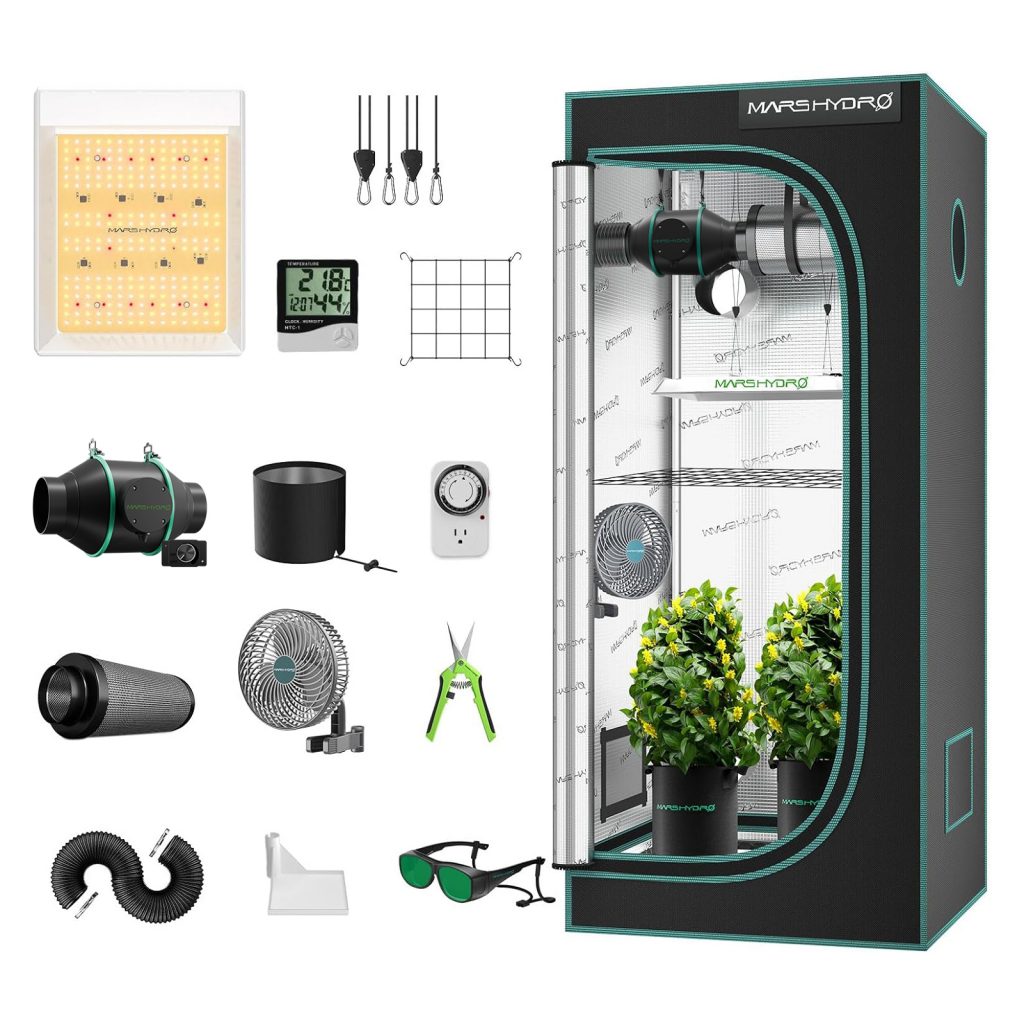

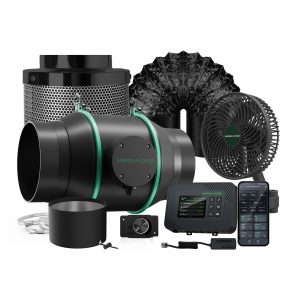
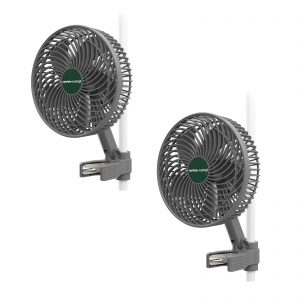
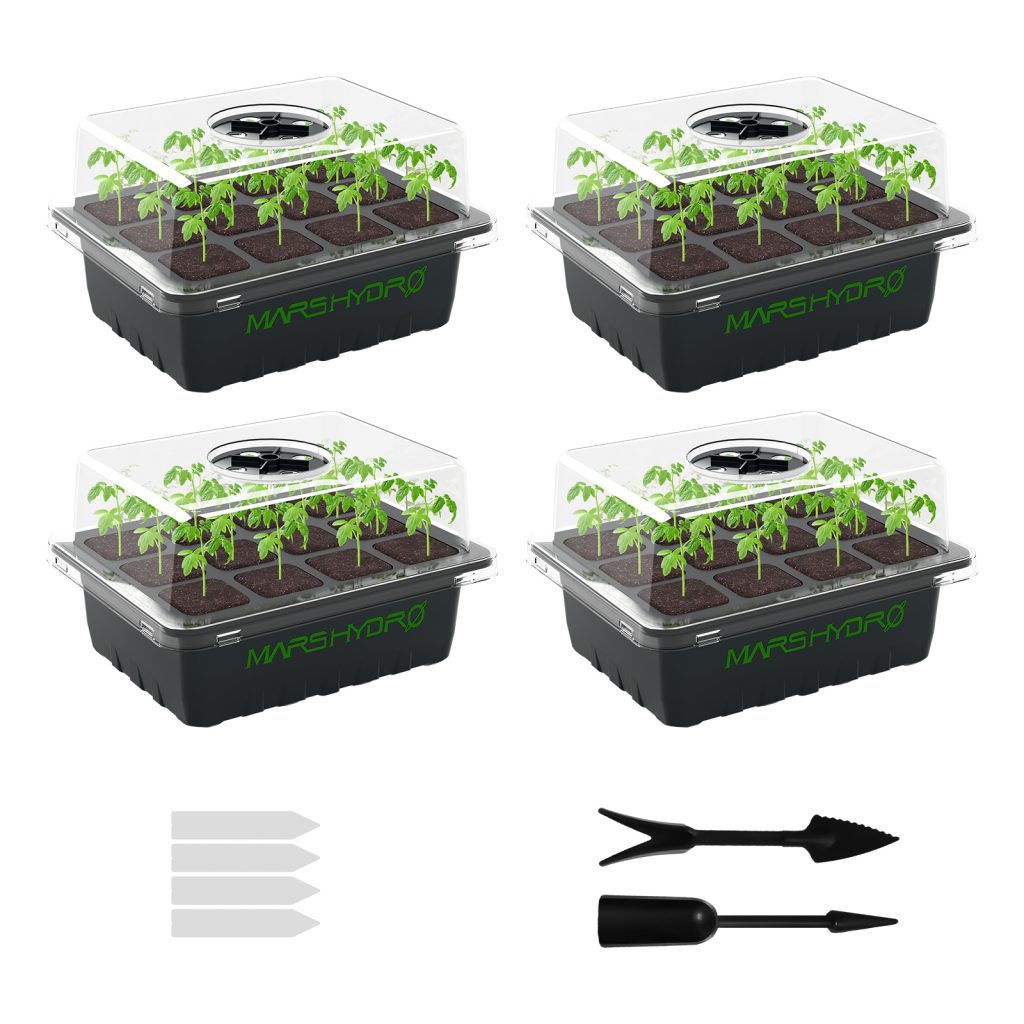

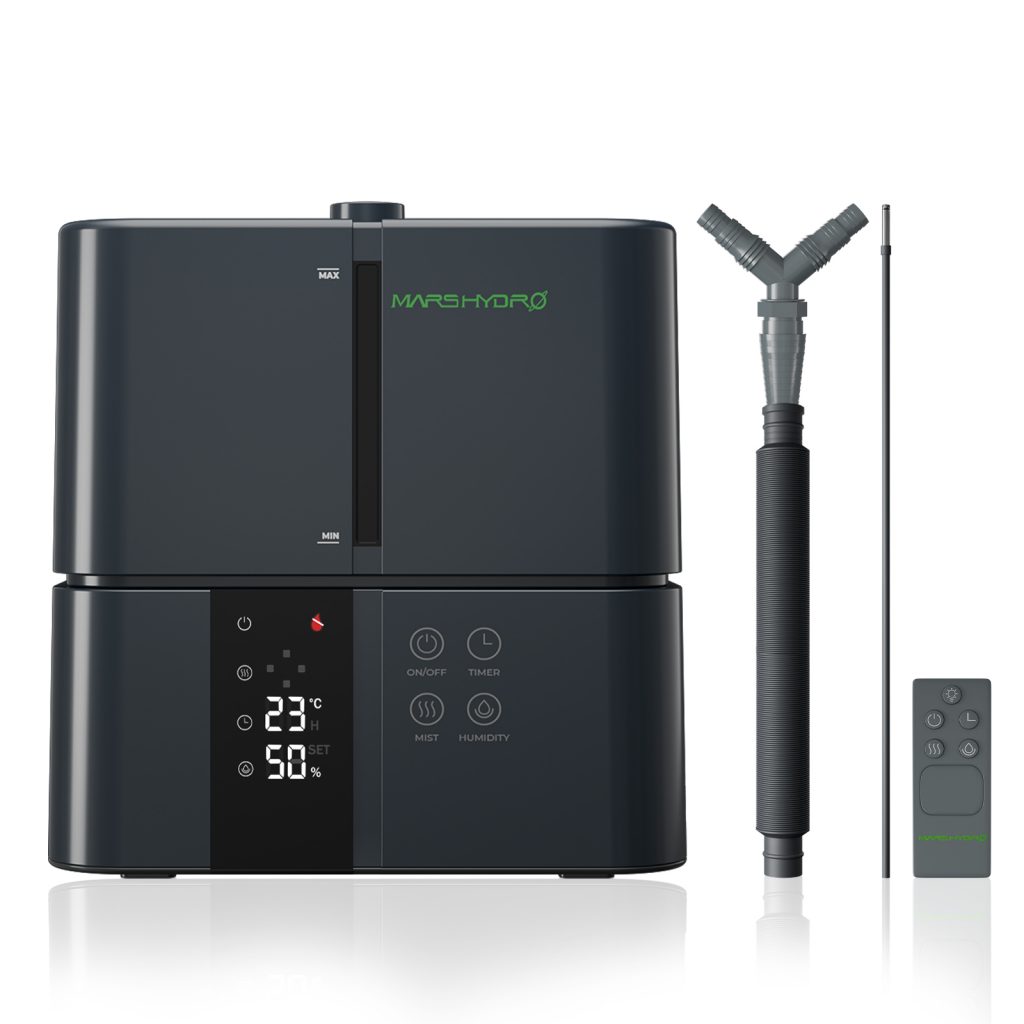
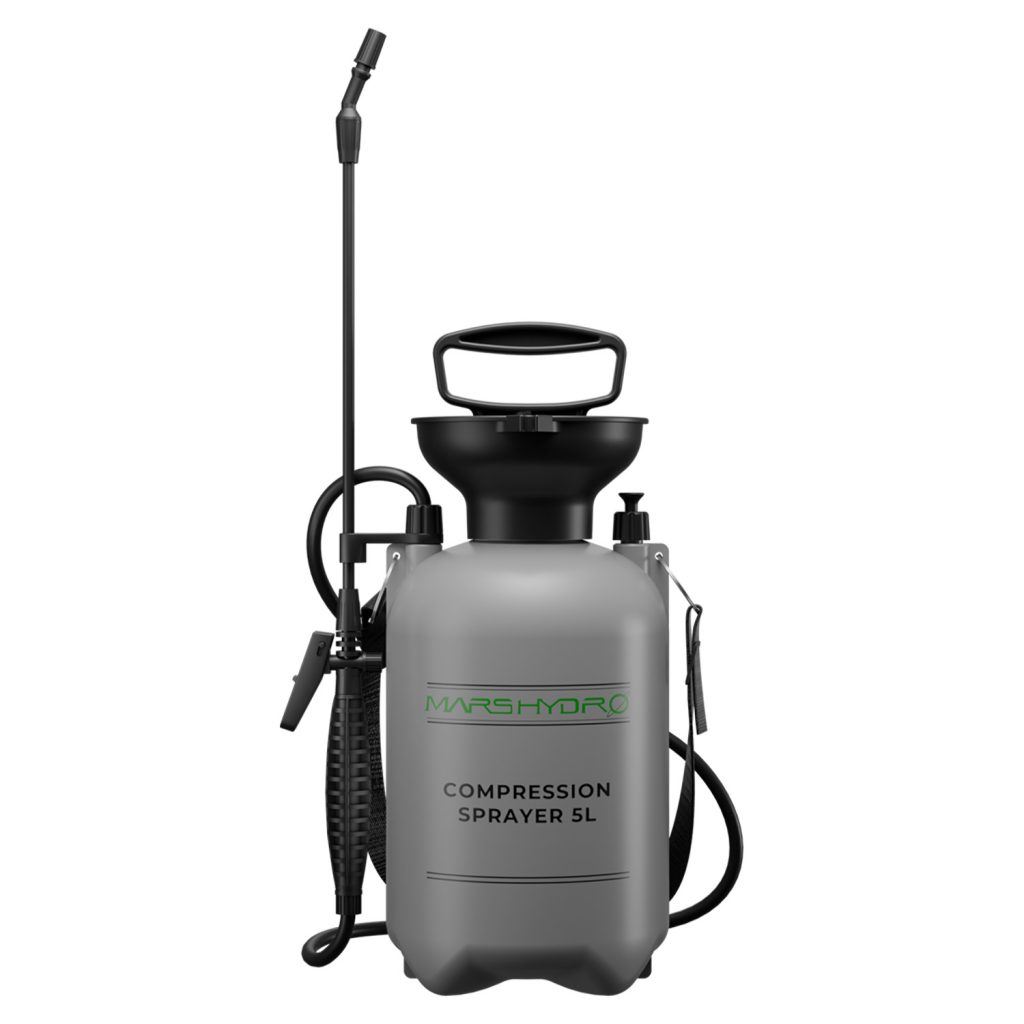

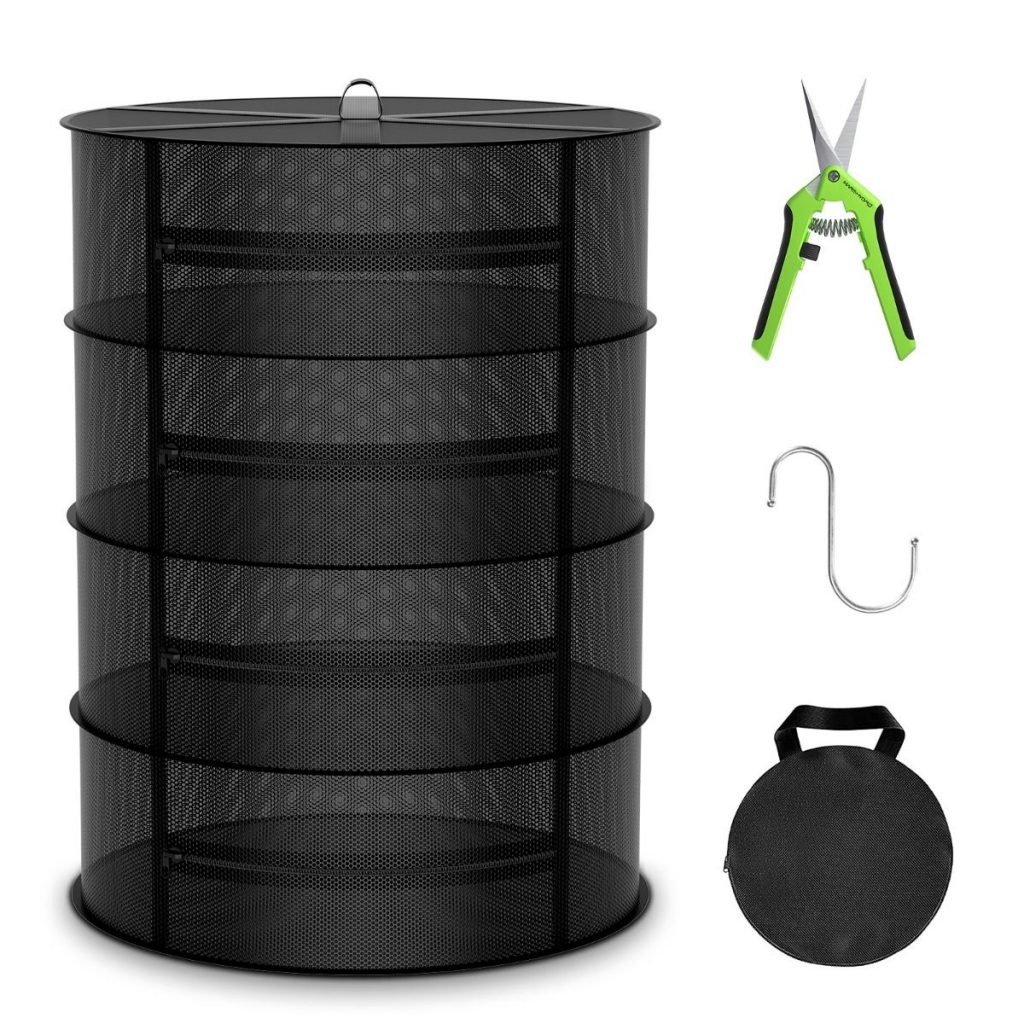

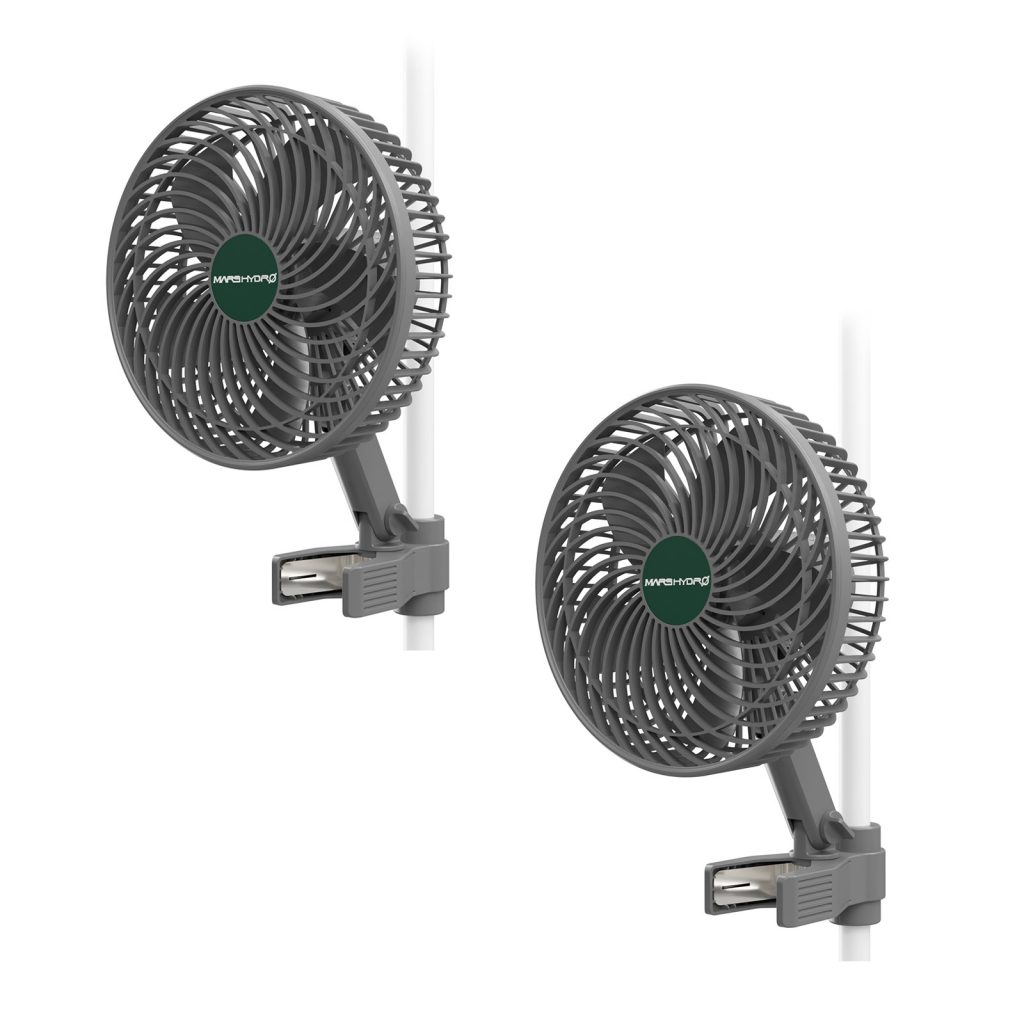
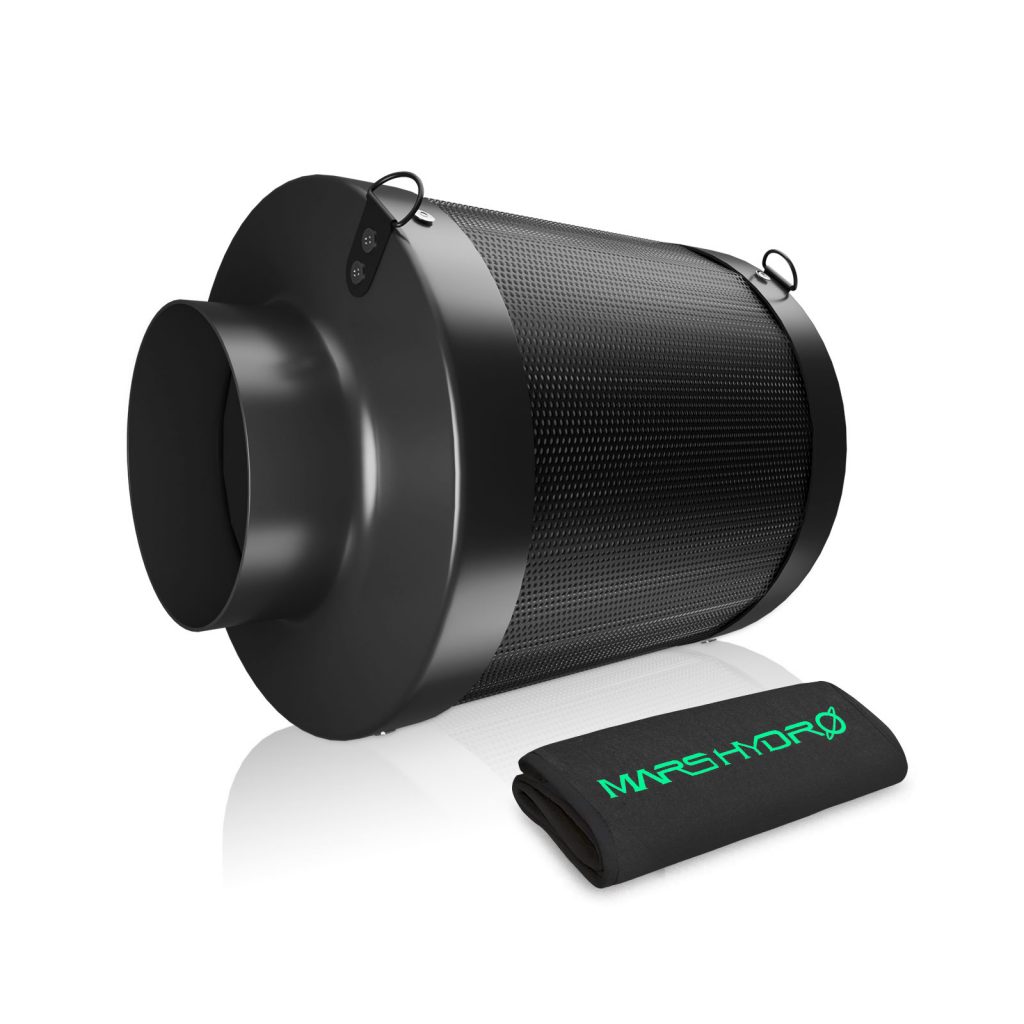

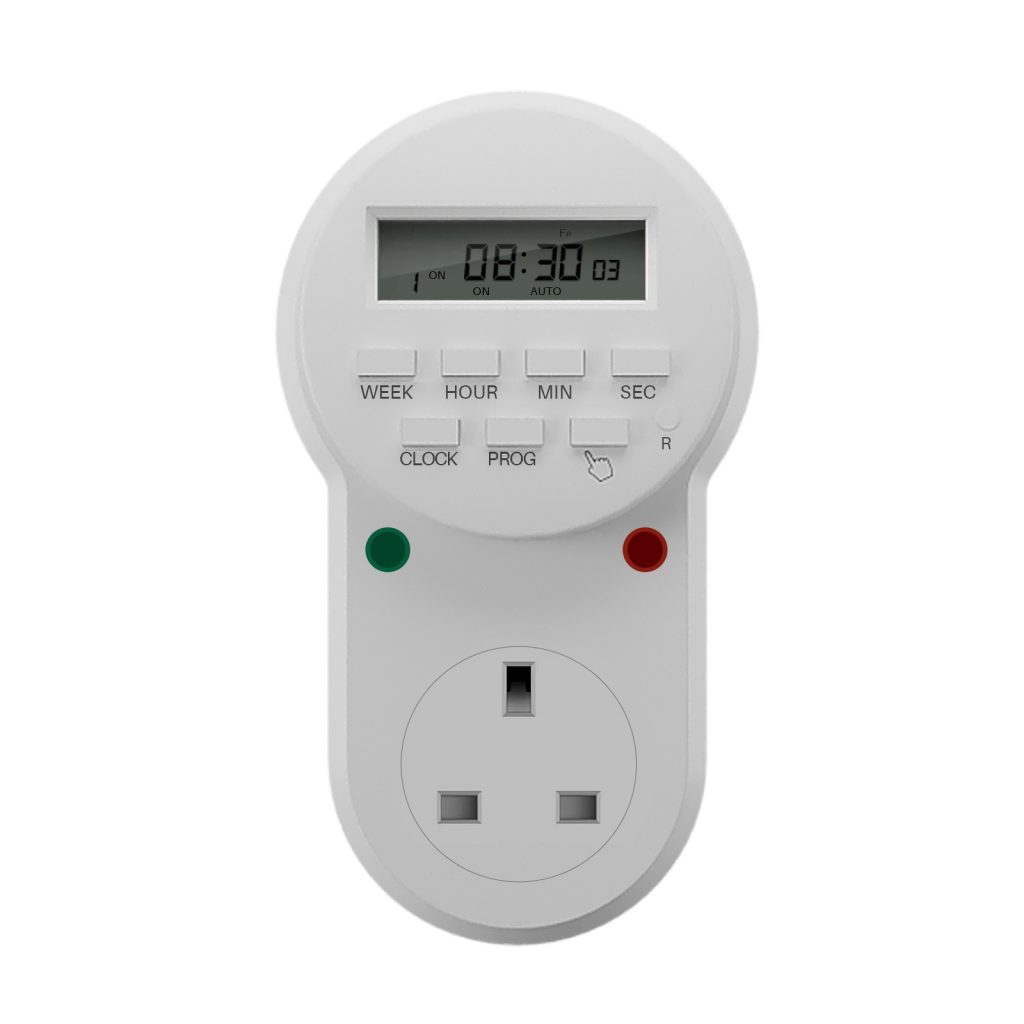


Reply for chance to win nice light thanks for the opportunity
Thanks for your blog, nice to read. Do not stop.
Hello there! I simply want to offer you a huge thumbs up for the great information you have here on this post. I will be coming back to your web site for more soon.